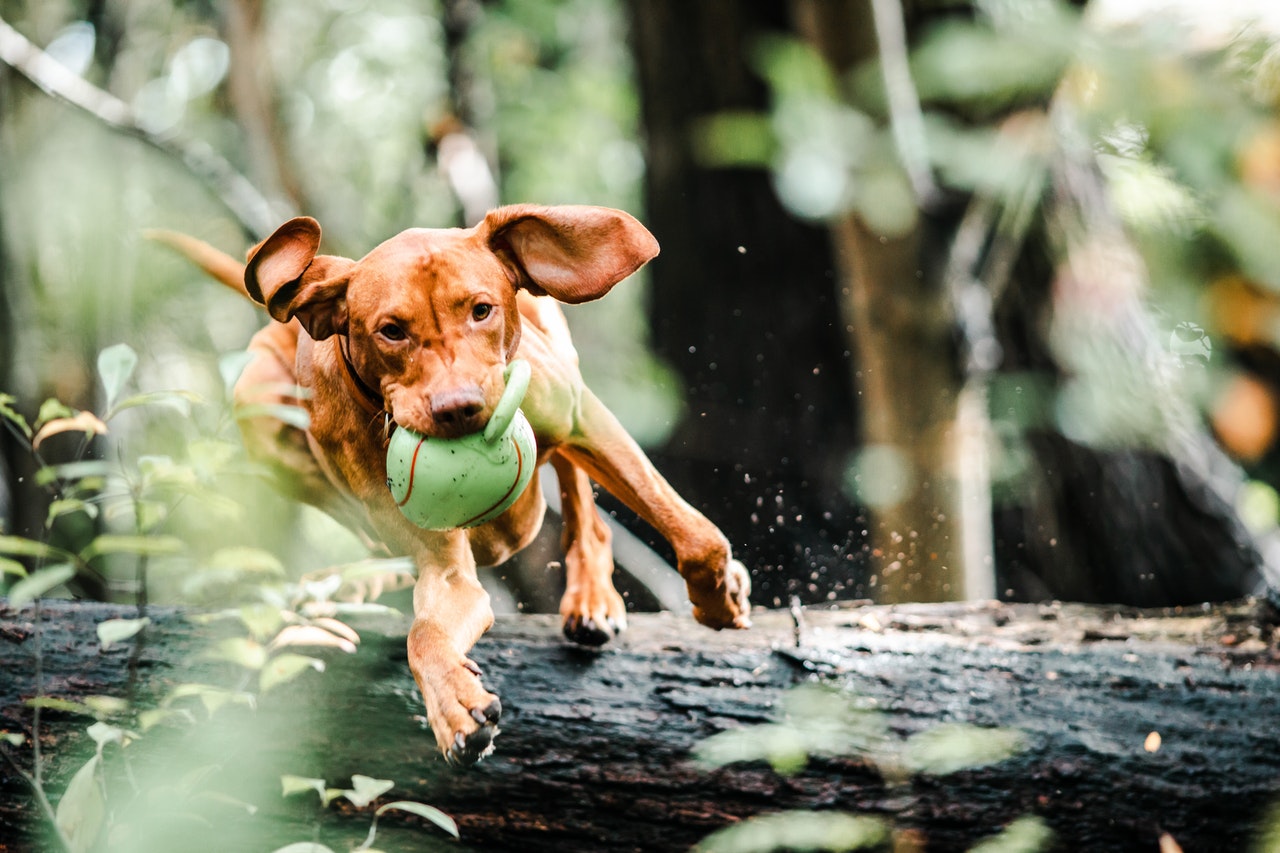7 things your pet wants you to know as we head into spring
by Ontario SPCA and Humane Society | General Pet Care | March 21, 2022

As we head into the spring season it’s important to be aware of springtime hazards that could lead to trouble for your animals. Check out our 7 tips for staying safe this spring with your companion animals.
Tips for your animal heading into spring
- Walk your dog. Going for a walk in your neighbourhood or on local trails is physically and mentally beneficial for you and your animal! Make sure to watch for bulbs and blooming plants that may be toxic to your furry friend.
- Keep dogs on leash. In addition to preventing your animal from getting lost, keeping them on a leash will allow you to guide them away from people and other animals. As the snow melts, this also helps you keep an eye on your dog to make sure they don’t get into anything they shouldn’t that may be surfacing under the snow.
- Beware of salt: When the ice and snow are melting, this creates salty water, even if roads haven’t been salted recently. When you’re on a walk, it may just look like sand, but there’s likely salt mixed in. Salt can act as an irritant; if it dries and irritates your animal, they’ll start licking it, which can make them sick.
- Make sure identification is up to date. Make sure your dog or cat has a microchip for identification and wears a tag with your relevant contact information. Note that you will need to update your contact information with the microchip company if you move or your number changes. With accurate registration associated with the unique microchip number, a lost animal can be traced back to its owner as soon as they are scanned by a veterinarian, animal shelter or pound.
- Window screens. Many animal parents welcome the breezy days of spring by opening their windows. Unfortunately, they also unknowingly putting their furry friends at risk — especially cats, who are apt to jump or fall through unscreened windows. Be sure to install snug and sturdy screens in all of your windows. If you have adjustable screens, make sure they fit tightly into window frames.
- Speak to your veterinarian about flea and tick season. Your animal can be exposed to fleas at any time of year, especially when the winters are milder. Fleas can be picked up anywhere, including dog parks, on trails, or anywhere an infected dog has been, such as doggy daycare or grooming facilities. Though adult fleas feed on the bodies of animals, much of their lifecycle is off our furry friends, and they can move easily from animal to animal. Understanding the flea life cycle is important in helping to control and minimize spread and reinfection. Ticks are ground-dwellers, so they jump from low shrubbery, or the ground to latch onto your animal. They are usually found on the body parts of your animal that sit closest to the ground: neck, head, around the ears, feet, the front part of the chest, and the underside of the chest. Consult your veterinarian to find out the best flea and tick medication for your furry friend.
- Watch for wildlife. Spring means wildlife is more active and waking up. With the beginning of mating season, it means soon litters will start being born. Be vigilant on your walks and do your best to avoid disturbing wildlife.
More resources
Here are a few more resources you may find helpful navigating the Spring season with your companion animals!
Categories
Testimonial
Thank you so much for all you do
Thank you so much for all you do every day to rescue animals in need. I can’t imagine the terrible situations that you see every day. It is great that you have the heart to help. Keep up the good work.
-Betty
Sign up for news and updates
Thank you for joining our online community.